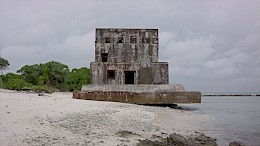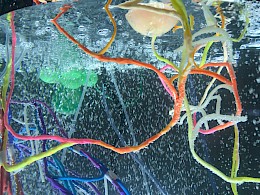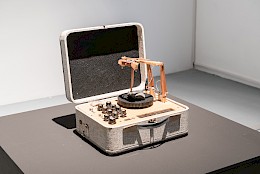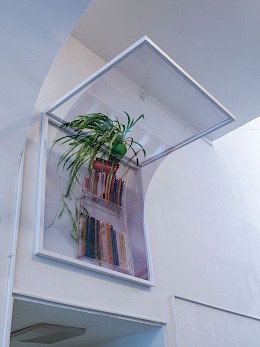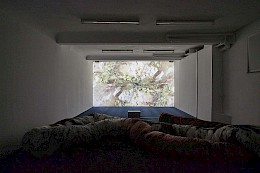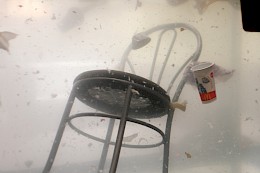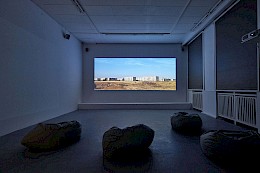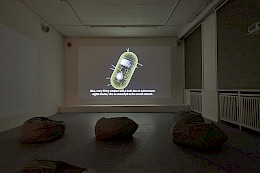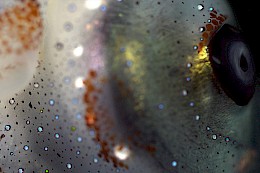Hicham Berrada’s artistic approach centers on the experimental use of chemical substances as materials. In his installations, performances and film-based works he relies on these chemicals to provoke reactions, which often evoke associations of microscopic, ephemeral forms of natural organisms and landscapes. The artist not only places the focus on the poetry of spontaneously occurring processes with his works, but also critically explores the late-modernist view of a nature that can be dominated by science and technology.
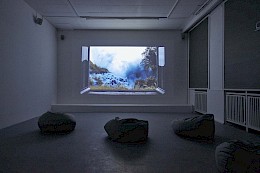
Celeste
At the start of the video entitled Celeste (2014) the viewer sees a shot of a lush and thriving forest through the open window of a country house. However, shortly afterwards traces of cobalt-blue smoke that come from an unknown source encroach on the idyllic looking scene. Over the course of time they develop into a cloud of apocalyptic proportions, which can be seen to merge with its surroundings, and threatens to take up the entire screen. But is this cloud a poisonous substance that will ultimately lead to the forest’s destruction? Does the smoke cloud perhaps only visualize the pollution that is present in our air anyway? Or is it perhaps an as yet unknown defense mechanism on the part of nature? Given this and similar associations, the blue cloud in the work Celeste becomes a complex visualization of the dangerous monopolization and destruction sufferedby the natural environment.
